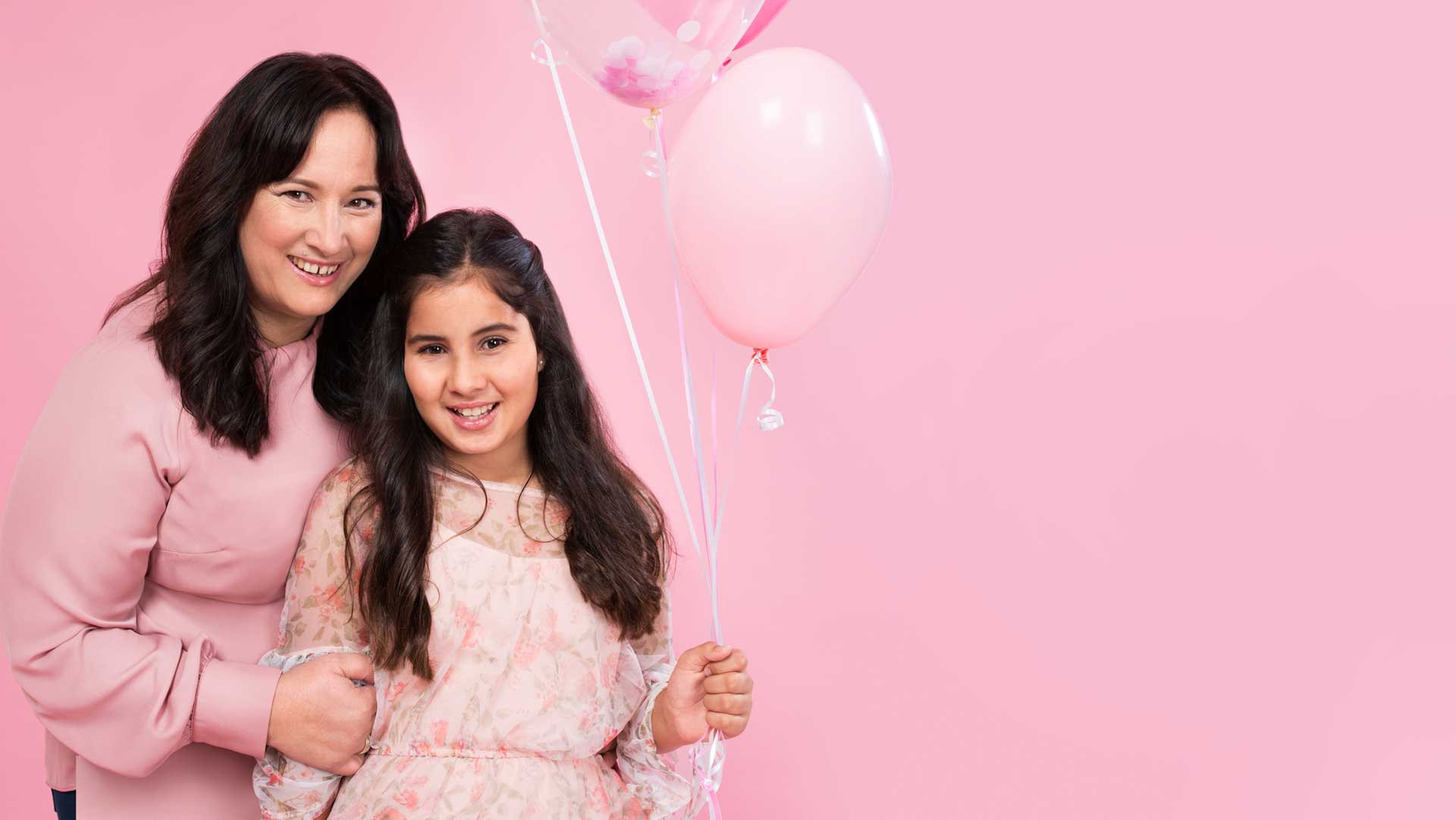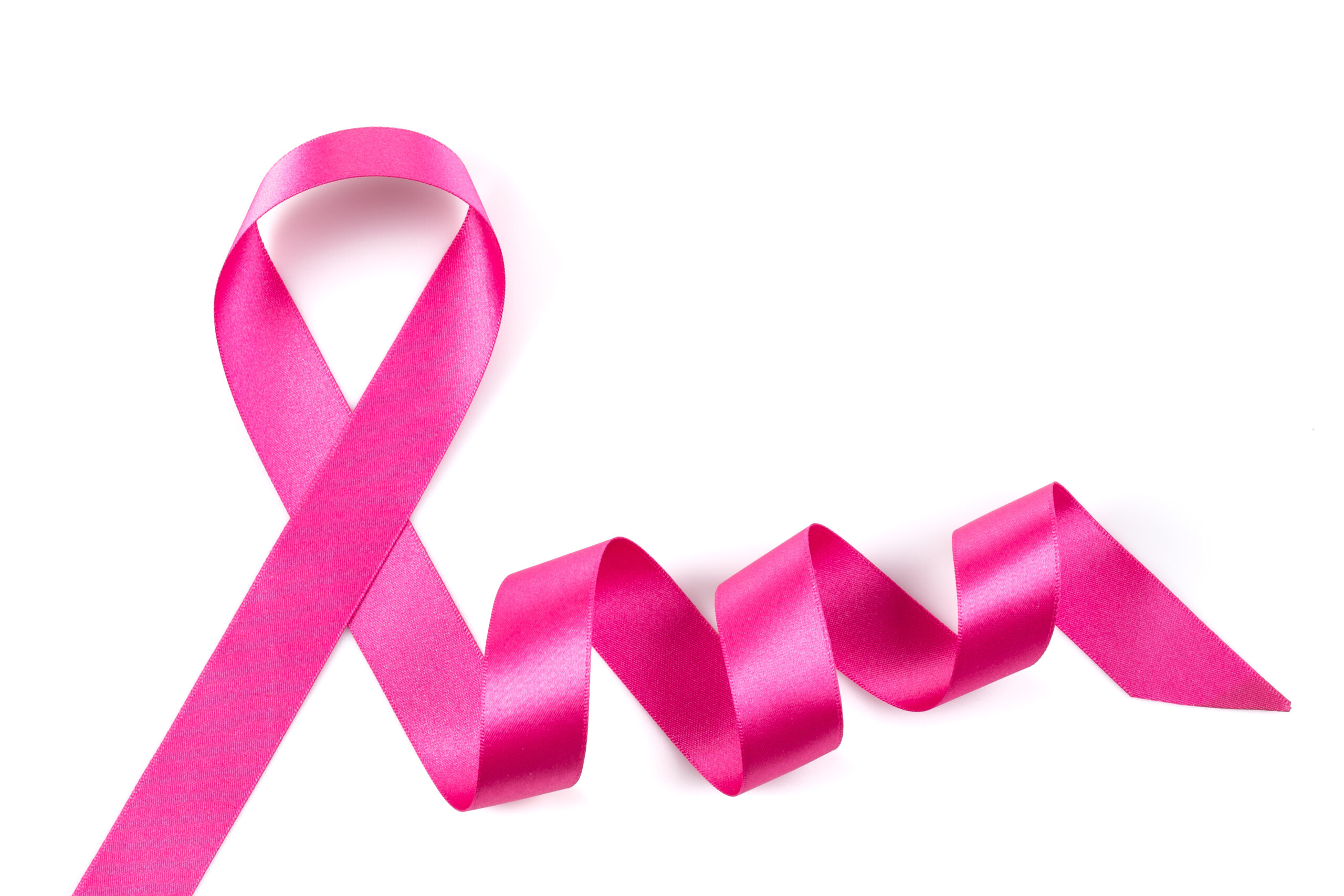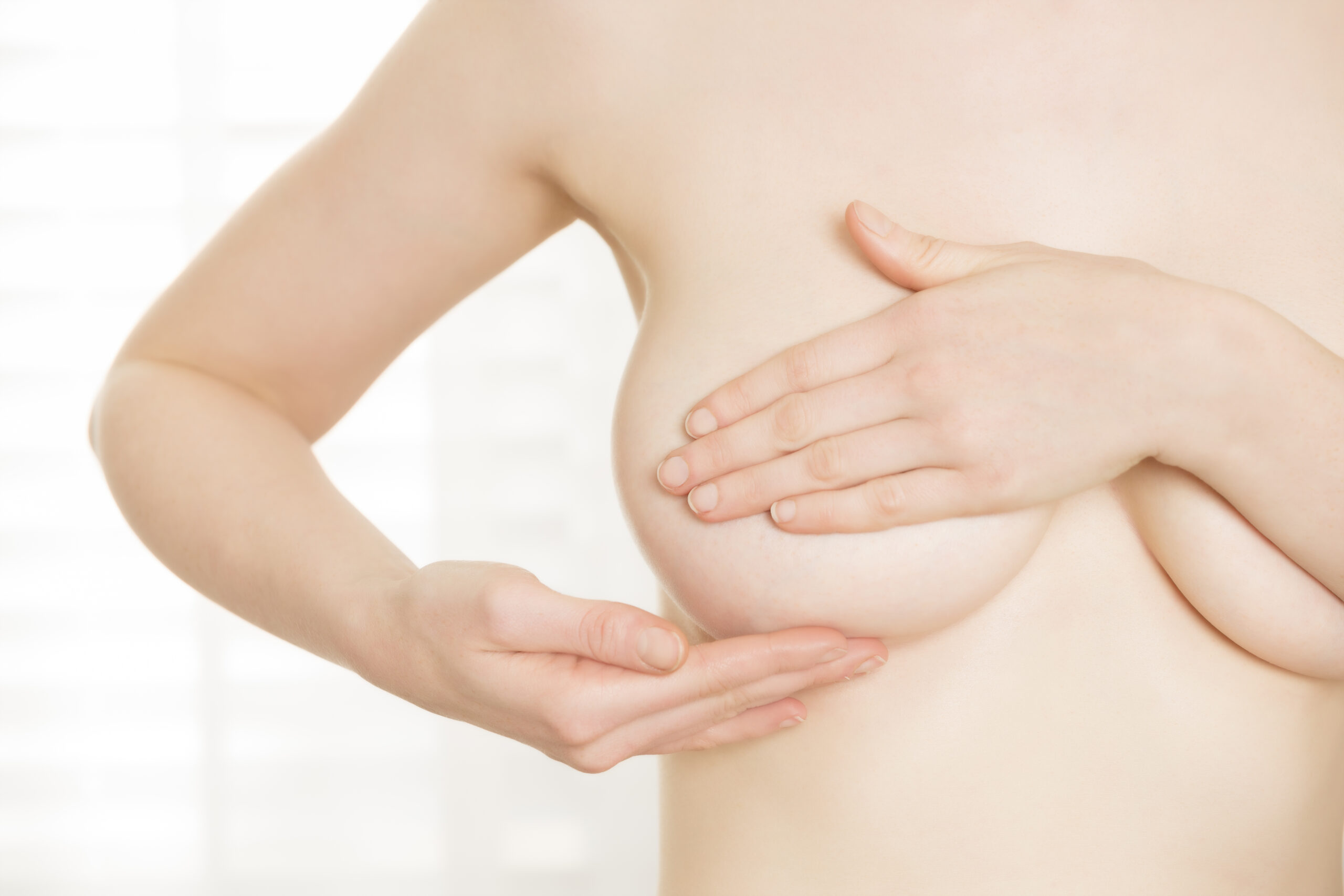In New Zealand around 3000 women are diagnosed with breast cancer every year and 350 more with ovarian cancer. Many more go under the radar.
But now, more Kiwi women are able to discover through genetic testing if they carry a cancer-causing gene mutation, as actress Angelina Jolie did, so they can minimise their cancer risk.
“Cancer is still a word that strikes fear into people’s hearts, producing a deep sense of powerlessness,” Angelina wrote in The New York Times after choosing to undergo a preventative double mastectomy in 2013. “But today it is possible to find out… whether you are highly susceptible to breast and ovarian cancer, and then take action.”
Between five and 10 per cent of breast cancers – and 15 per cent of ovarian cancers – are the result of inheriting a faulty gene. The BRCA1 and BRCA2 gene mutations carry the highest risk of breast or ovarian cancer.
The two pairs of BRCA genes play a protective role in preventing cancer, but a fault in one of those genes gives a higher-than-normal chance of a tumour developing, usually at a younger age.
Depending on individual and family factors, women with the mutation have a 40 to 90 per cent chance of developing breast cancer.
“Screening is a very important issue, particularly for mutation carriers,” says Professor John Hopper from the University of Melbourne’s Centre for Epidemiology and Biostatistics at the Melbourne School of Population and Global Health.
“We know having your breasts removed lowers your risk of breast cancer and having your ovaries removed lowers your risk of ovarian cancer, but no one is laying down rules for what women should or should not do. It’s a personal issue if, and when, to have preventative surgery.”
October is Breast Cancer Awareness month in New Zealand. Breast Cancer Foundation NZ urges all women to be breast aware – “Know your normal” – so any changes can be reported to your doctor. Early detection saves lives.
Sharron Finlayson-Brown
Sharron Finlayson-Brown only has to look at her 11-year-old daughter, Maia, to know she made the right choice to have her ovaries removed.
“Having a young daughter made my decision; I want to be around for her,” says the 51-year-old Auckland mum, who also has two sons, aged 22 and 17.
“Cancer was rife through my dad’s family. He and his three siblings have all had cancer. They were all tested for the BRCA gene mutation, and three of them had it,” she says. “So I decided that I would rather know than not.”
She had the genetic test just before Christmas in 2016.
“Even though I half-expected to have the gene, I was stunned for a while. But then I knew what I had to do. Ovarian cancer is so hard to detect, I didn’t hesitate to have my ovaries removed. I knew it would push me into menopause, which scared me most. But I’ve only had a few hot flushes so far.”
Sharron has also decided to have both breasts removed. “It was probably the hardest decision to make. But they’ve done their job – they’ve fed my children,” she says.
“I’ve also seen one of my best friends going through breast cancer. Seeing what she had to go through pushed me into thinking about it.”
Sharron is thankful she’s had the support of her family. She will encourage her children to be tested “when they are mature enough to make informed decisions. If they have the gene, we will cope with that then.
“I feel it’s so important to get more information about the gene out there. Knowledge is a great gift.”

Vivian Gubb and Erica Third
Twin sisters Vivian Gubb and Erica Third could almost feel indebted to a tiny flea.
Two years ago, Vivian found a flea bite on her breast – which led her to discover a deep-seated lump. “I knew my breasts – I monitored them all the time – so I knew it shouldn’t be there,” she says.
The cancer was on the verge of entering her chest wall. “A couple of months longer, and it would have been curtains for me,” Vivian, now 31, says.
It started a “massive snowball effect”. Three generations of her family were tested for the BRCA gene mutation. The twins were positive, while another sister, who was 18, was negative. A younger sister is not yet old enough to be tested.
Vivian had a double mastectomy: “There was no point in trying to save the other breast.”
Erica recalls the “crazy wash of emotions” – first learning her twin had cancer, and then, too, testing positive for BRCA1. “Because we aren’t identical, I had a 50/50 chance. But it wasn’t my day at the casino,” she laughs.
Having supported her sister “through every step of the cancer process”, she didn’t want her daughter Keira, now eight, to experience that with her own mother.
“So it was absolutely a no-brainer for me to have a double mastectomy – it was just a pair of boobs,” she says.
“We are so fortunate in New Zealand to have that procedure publicly funded.”
The sisters will reassess having their ovaries removed before they turn 40.
“Knowing you’re waking up every day having done whatever you could to reduce the risk, is so important in life,” says Erica, who lives in Hamilton.
Vivian, who lives on a farm south of Auckland, feared chemotherapy would rob her chances of a family. But after an emergency IVF cycle, she has a son, nine-month-old Blake. With husband Clinton, she hopes to try for another.
Vivian’s experience has changed her priorities.
“I’ve spent a lot of my life being there for others, putting all my dreams on hold. Now I know how very important it is to take time out for yourself and be with family.”
Who should be tested for Cancer risk?
The BRCA mutation greatly increases a woman’s risk of breast or ovarian cancer. Depending on individual and family factors, women with the mutation have a 40-90 per cent chance of developing breast cancer. Angelina Jolie was reportedly told her BRCA1 mutation gave her an 87 per cent chance.
Ask your GP about a referral for genetic testing if you were diagnosed with breast cancer under 40 (or triple negative breast cancer under 50, or lobular breast cancer at any age).
If you haven’t had breast cancer, you qualify for referral if you have a family history of breast or ovarian cancer involving at least two first or second degree relatives on the same side of the family, plus an additional factor such as more than two relatives diagnosed, a relative diagnosed under 50, male breast cancer, more than one breast or ovarian cancer in the same woman, or if you have Ashkenazi Jewish ancestry.
Alternatively, contact your regional branch of Genetic Health Service NZ – see genetichealthservice.org.nz.
If you have the mutation, you may pass it on to your sons and daughters even if you don’t develop cancer yourself. However, the test can’t predict whether you will actually go on to develop cancer.
Ashleigh Stellard
At 18, Ashleigh Stellard had her dream job in the Royal New Zealand Navy, and was off to see the world.
But it also became the year she learned she had the BRCA1 gene mutation; the year her young life was “put on hold”.
With a strong family history of breast cancer and cystic fibrosis, Ashleigh underwent genetic testing just before she was deployed to South-East Asia. She returned home to the results. “I was expecting one or the other – and it was positive for both,” she says.
“I was so young, I didn’t really understand what it meant. I was forced to quickly look at my life, and I realised things were going to be out of my control. I thought I didn’t really stand a chance against this. I felt like ‘why me?'”
The decision to have both breasts removed at the age of 21 wasn’t difficult, but Ashleigh had one condition – to keep her nipples.
“I’d seen a nipple-sparing mastectomy done on a UK documentary, and so I asked the surgeon. I was told there was risk involved, because we wouldn’t be fully eliminating the risk factor and I’d still need regular check-ups on the nipples,” she says.
“But I fought for it. I took the risk because I was young and I wanted to be as normal as possible.”
Ashleigh had an immediate breast reconstruction using expanders, which were replaced a year later with silicone implants.
It wasn’t until Ashleigh had her first son Kyan, now two, that she had fleeting moments of regret. Bottle-fed Kyan struggled with milk formulas; his mum “struggled with a lot of blame… I felt I had made a mistake in not waiting, and the pressure of not breastfeeding got to me.”
But with her second son due any day, 29-year-old Ashleigh is doing things differently. Through Human Milk 4 Human Babies, she’s filled the freezer in her Upper Hutt home with donor breast milk. Those regrets are now long gone.


